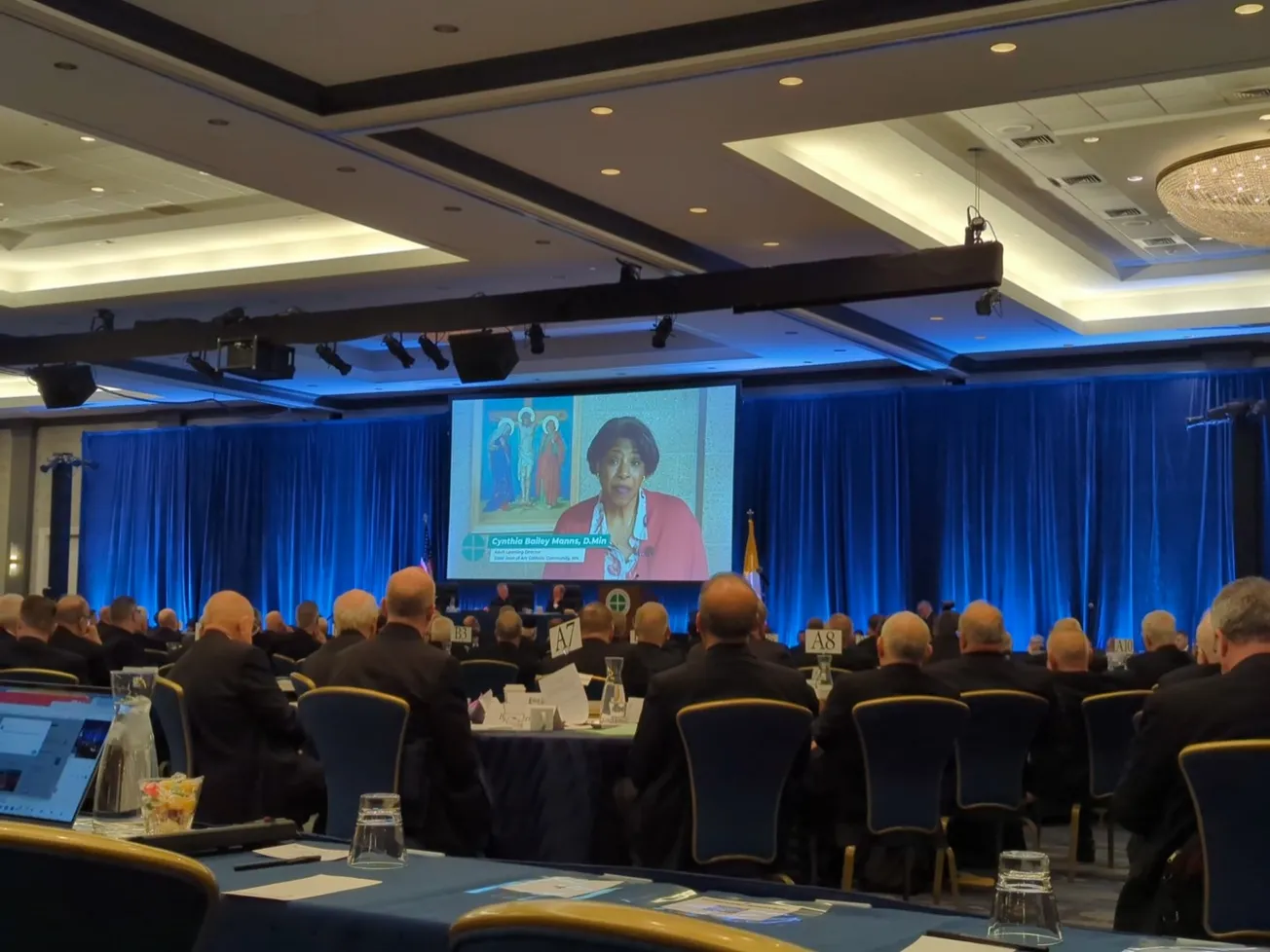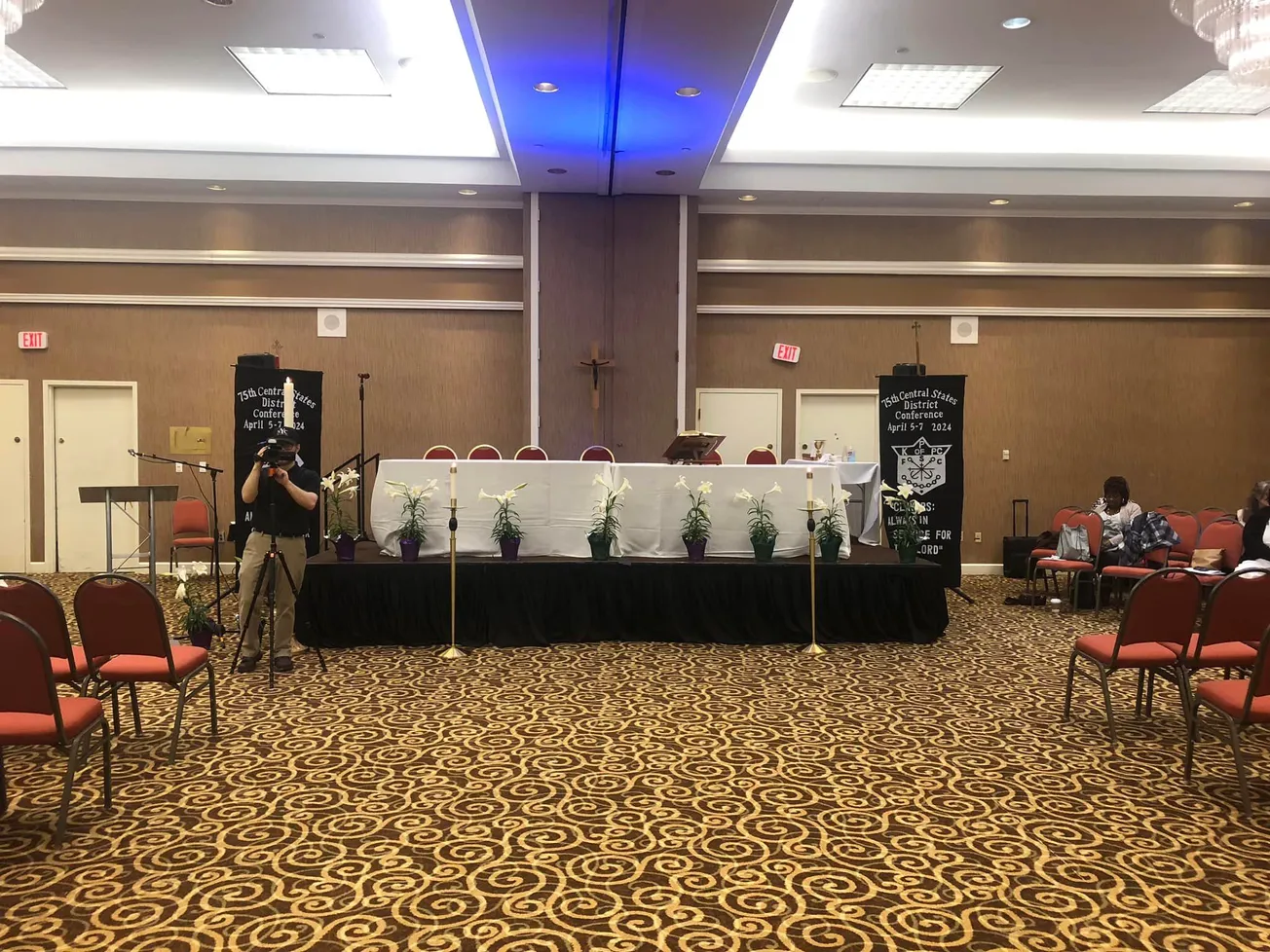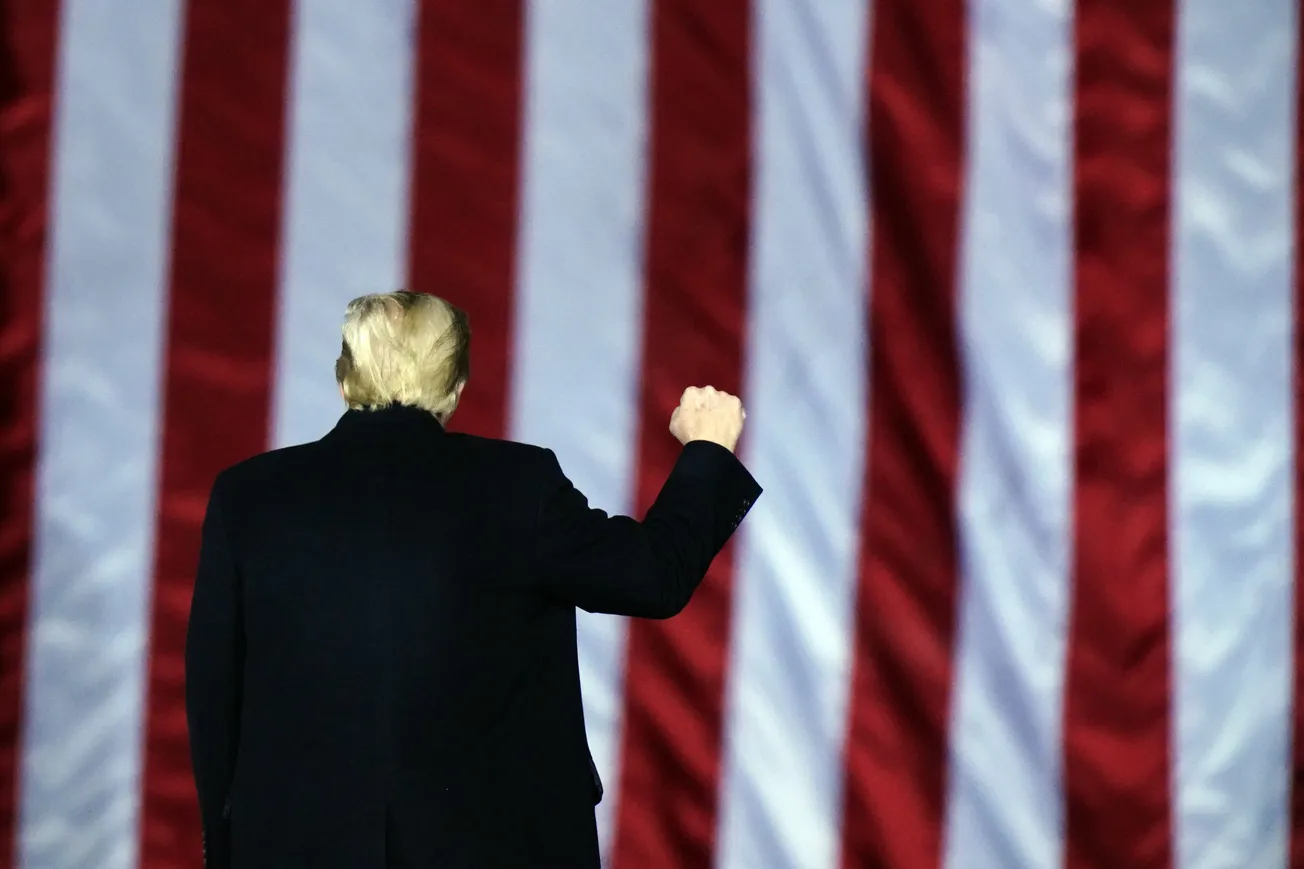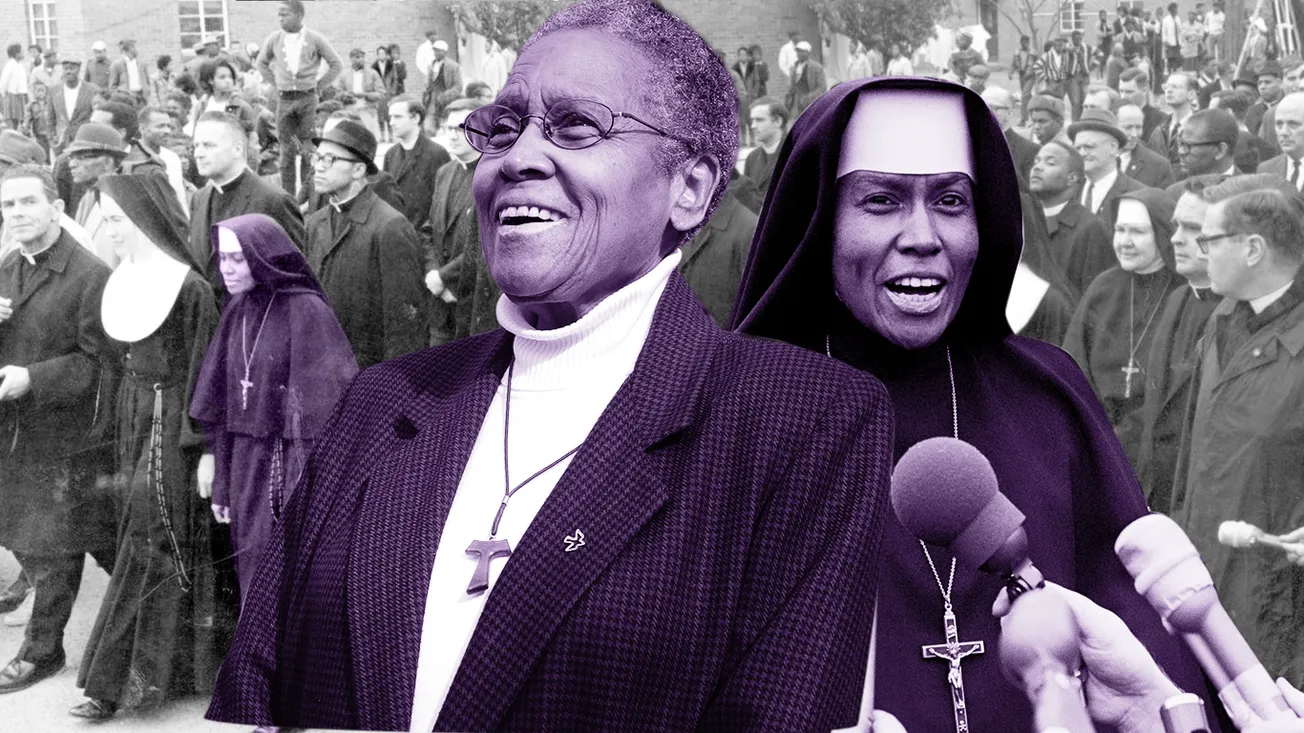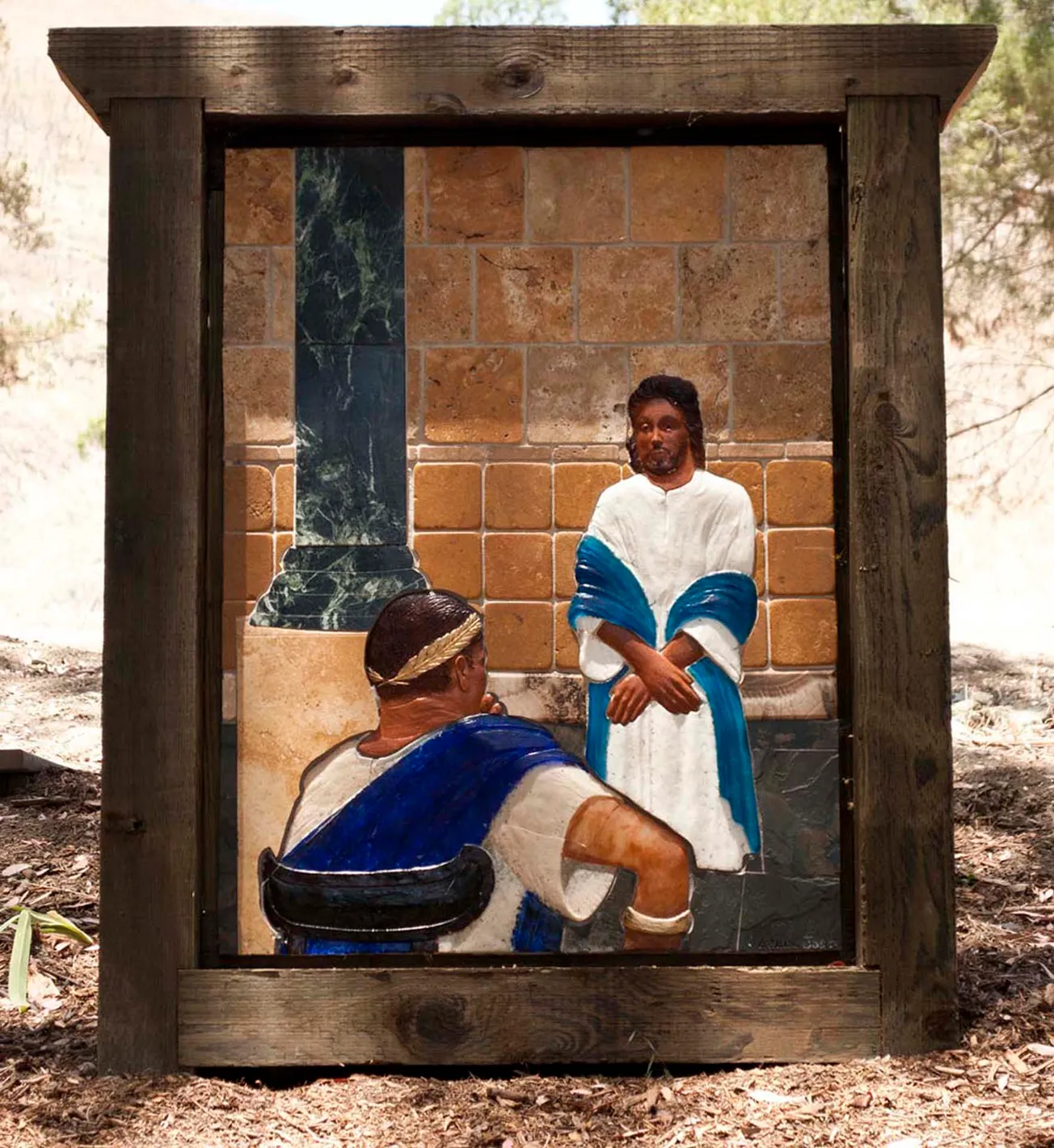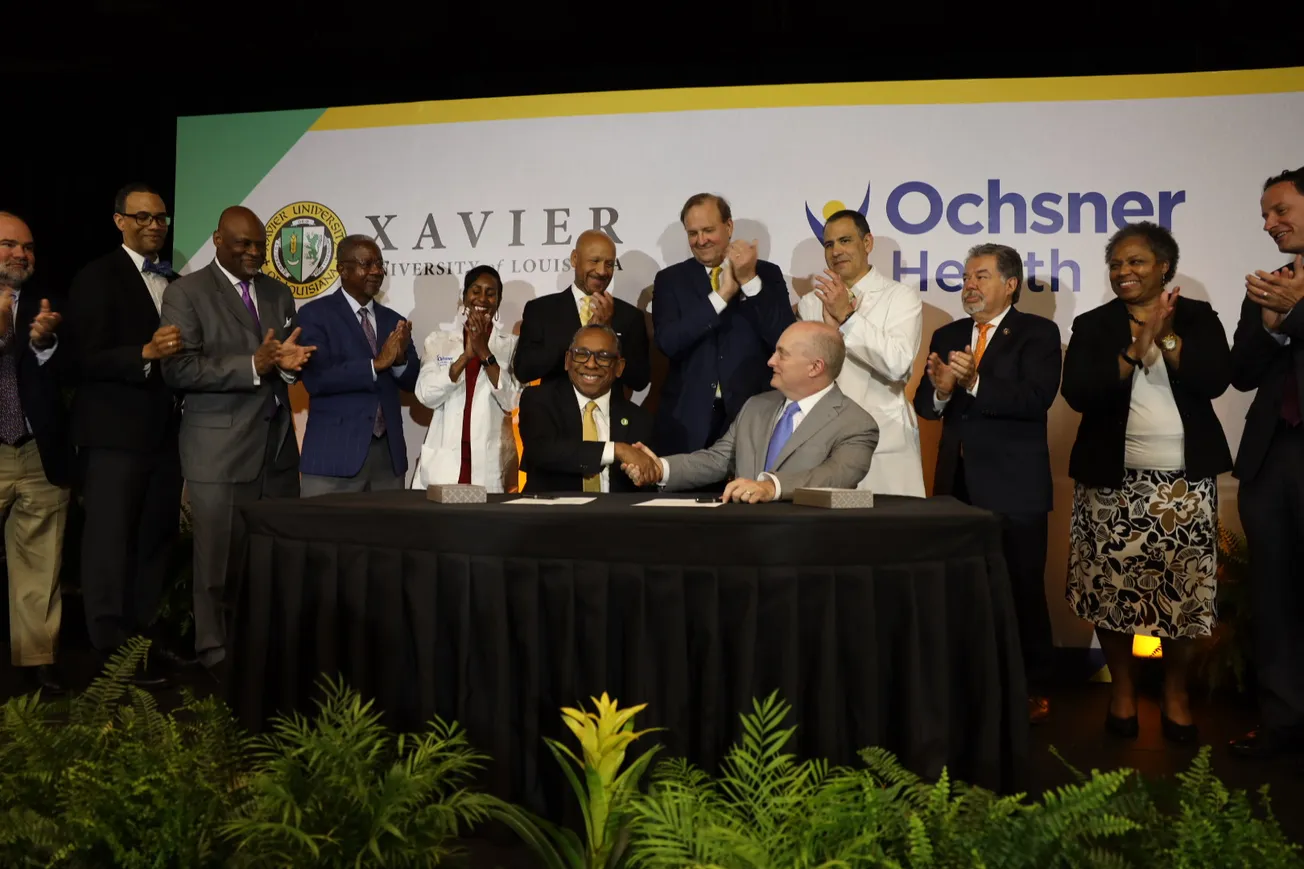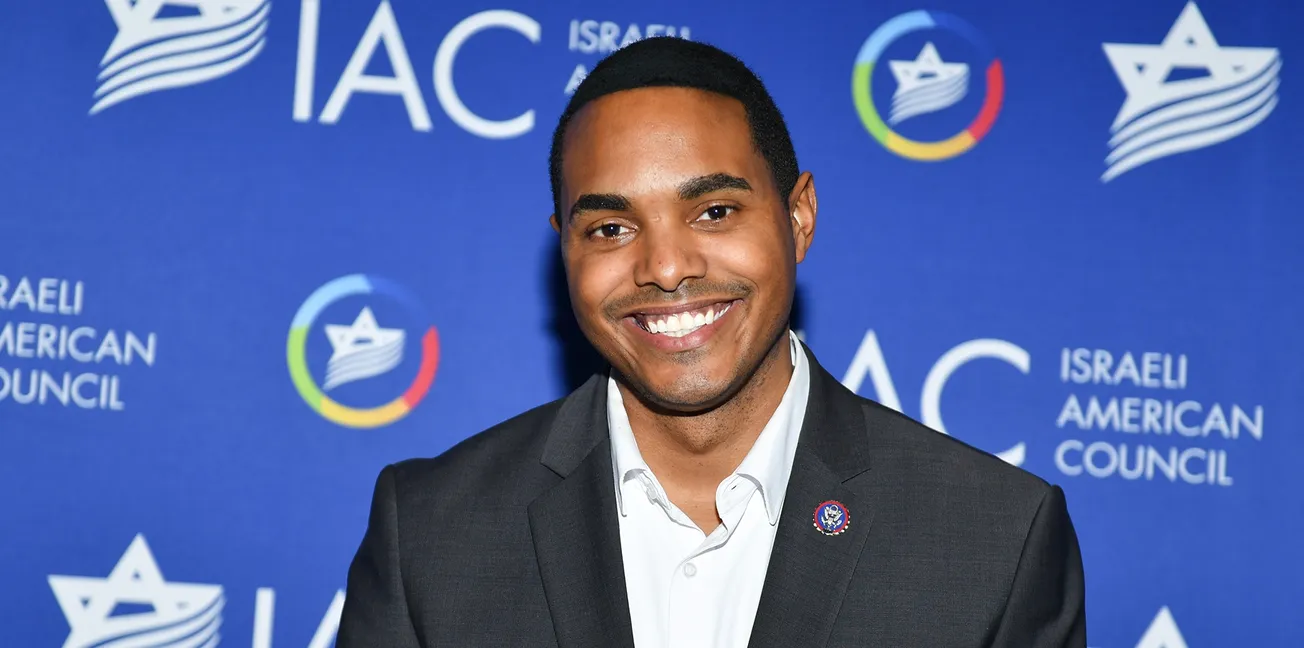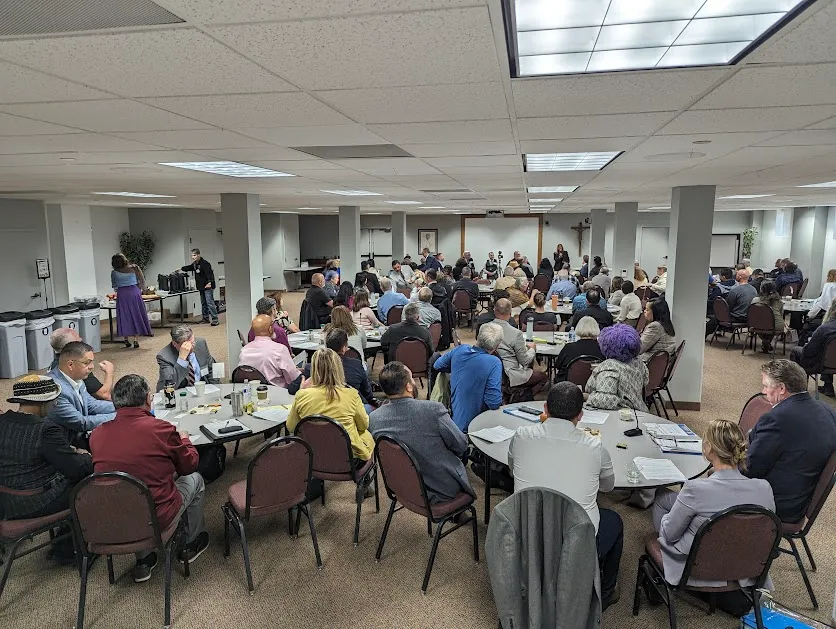The nation’s Catholic bishops are wrapping up their fall general assembly in Baltimore, including two days of public sessions streamed online earlier this week for the watching world. It was a familiar routine, though in some ways a break from pandemic-era division and, dare I say it, intrigue.
One unchanged aspect was the usual back-and-forth to start off the public sessions on Tuesday, with formal greetings exchanged between the conference president and the papal nuncio to the United States. This year, the new USCCB Archbishop Timothy Broglio of the Military Services played a similar role as his predecessor, Archbishop José Gómez of Los Angeles, more or less shoehorning the current initiatives of the U.S. bishops into the vision plan of Pope Francis—that is, synodal listening in a Church of mercy.
Of course, an outsize number of U.S. bishops didn’t participate meaningfully in the planning phase of the Synod on Synodality, meant to be the major immediate fruit of the Holy Father’s directives on the topic. Many have paid much more attention to the controversial Eucharistic Revival and National Eucharistic Congress, both of which seem to have taken up most of the USCCB’s bandwidth over the past few years.
Indeed, Broglio spoke of the twin events as an application of synodality. It was clear, though, that the nuncio, Cardinal Christophe Pierre, was offering a gentle corrective in asking the assembled prelates to remember Pope Francis’ words at the Synod gathering last month in Rome.
“We do not need a purely natural vision, made up of human strategies, political calculations, or ideological battles,” he said.
“This we do not need. We are not here to carry out a parliamentary meeting or a plan of reformation.”
"When many political leaders seem almost incapable of listening to each and discerning a better way forward, we as Catholic bishops have something better to offer people."
— Nate Tinner-Williams (@natemup) November 14, 2023
—U.S. apostolic nuncio Cardinal Cristophe Pierre spekaing at #USCCB23.
Livestream: https://t.co/fJ06UtCnDA pic.twitter.com/lzDK4fv982
He spoke, of course, concerning the synod itself. In Baltimore, the annual project has often postured lately like that of a Council of Trent, an apocalyptic affair seeking to rein in the scourges of heresy, laxity, and unconformity before it’s too late. The Vatican’s subtle pushbacks have often come by the mouth of Pierre, and this week was no exception.
Even so, the American bishops appeared more relaxed than in recent gatherings, with fewer major decisions to be made than in 2021 or 2022. As such, I was told by some onlookers that the meeting would be relatively boring. Perhaps for them, it was, but I noticed a few glaring shifts.
Among the various elections held this year, I found it notable that two bishops in particular lost their races despite what would have seemed in previous years like shoe-ins on ideological grounds—which are often what is walked in these plenary gatherings, in my understanding.
Archbishop Salvatore Cordileone of San Francisco, fresh off last year’s defeat in the races for president and for chair of the bishops’ religious liberty committee, also lost this year for the pro-life committee. This, despite his status as one of the conference’s most visible culture war prelates—especially with the recent fate of Bishop Joseph Strickland, who was removed from the Diocese of Tyler just days before the meeting in Baltimore. The Texas prelate apparently chose to stay out of the gathering by choice; Cordileone was left on the outside by other means.
It was almost refreshing, I’ll say. Not to gloat in his defeat by any means. He has enough to worry about with his diocese’s bankruptcy proceedings over clergy sex abuse (a pro-life issue in its own right). But after some years of the conference moving to inveigh against abortion chiefly by means of its most vocal members, it was interesting to see the relevant committee chair go to Bishop Daniel Thomas of Toledo—not exactly a household name.
Bishop Earl Fernandes of Columbus, one of the USCCB’s newer members, was passed over for the Committee on Cultural Diversity, despite being the first Indian-American Catholic bishop in U.S. history and the only person of color in the race. The winner? Bishop Robert J. Brennan of Brooklyn, the diocese with the most Black Catholics by raw population. On the one hand, the optics of a White bishop taking the win were potentially troublesome; on the other, Fernandes has by no means endeared himself to diverse populations under his care during his short reign thus far.
In an upset, firebrand archbishop Salvatore Cordileone of San Francisco has been defeated in the race for chair of the U.S. bishops' pro-life committee, losing to Toledo's Bishop Daniel Thomas. I heard some audible shock in the room. #USCCB23
— Nate Tinner-Williams (@natemup) November 14, 2023
Livestream: https://t.co/fJ06UtCnDA pic.twitter.com/9piCMC6kdt
Another happening of particular interest on day one of public sessions in Baltimore was the fate of the Ad Hoc Committee Against Racism, a temporary outfit that was again up for renewal. The status of its new chairman, Auxiliary Bishop Emeritus Joseph Perry of Chicago was the main question on the table, though, given his retirement at the mandatory age of 75 just months after his committee appointment in May. Perhaps the most conservative Black bishop in the history of the U.S. episcopacy, he was a no-brainer pick for Broglio, who is widely viewed as an archconservative himself. Perhaps his wish was still granted then, as he put to the floor on Tuesday a successful measure to allow Perry to continue as the Ad Hoc chair despite no longer being an active bishop. It was an apparently unprecedented move.
Interestingly, the vote on the Ad Hoc committee’s extension—which included a measure aiming for its permanent integration into the USCCB—received 11 “no” votes, suggesting that some bishops feel the time for the six-year-old racism committee has come and gone. Moreover, 19 bishops voted to the effect that Perry should not continue as chair. Tiny minorities in a 242-member chamber, to be sure, but notable nevertheless.
On a different topic, one other thing that’s here to stay within the USCCB is the longstanding laser focus on abortion, which has roiled the conference in recent years. The Eucharistic Revival and Congress, remember, are by some estimations the outworking of the bishops’ failed attempts to officially rebuke pro-choice Catholic politicians in 2021. A planned statement on Joe Biden in particular was reportedly spiked by the Vatican that year, with the Holy See reminding the body that there are other Catholic social teachings to consider as well.
Even so, the conference’s official voting guide, “Forming Consciences for Faithful Citizenship,” was voted on Wednesday to be updated with supplements calling abortion “our preeminent priority”—despite the recent overturning of Roe v. Wade. That move seems to have resulted in an increase in abortions and pro-choice sentiment nationally, but I doubt that the bishops can envision much other than to continue trying to pass laws that make it illegal. Only eleven bishops dissented on the new supplements and there was no discussion invited before the vote. (I’m told this was perhaps an accident on the part of the new president, but who can say?)
The fireworks that could have been displayed there were perhaps energy better spent on other matters less set in stone in the minds of the many. Minds, of course, are the main subject at issue on the topic of mental health, which surprisingly received the most discussion of any topic in the two days of open meetings. The matter clearly hits home for more bishops than one might expect, and salient thoughts were shared for the better part of a half-hour near the end of the week’s public sessions.
"High level of law enforcement interactions leads to the criminalization of mental health in areas with high concentrations of Black and brown people."
— Nate Tinner-Williams (@natemup) November 15, 2023
—Ukrainian Catholic Archbishop Borys Gudziak. #USCCB23
Livestream: https://t.co/u8OI6AWfEr pic.twitter.com/cSu58GUFmQ
Also presented on at length was next year’s Eucharistic Congress, which despite its hefty price tag will now be somewhat more affordable for attendees. Bishop Andrew Cozzens of Crookston, who has led the charge on the events, noted that various fundraising efforts will help cover registration costs for those in need. Tens of thousands of Catholics are expected in Indianapolis next July, but the speaker list as it stands now reflects an ideological persuasion that could alienate the average progressive Catholic—perhaps the very demographic the event aims to correct on the theology of the Real Presence. This week in Baltimore, however, such dissonance was not on the docket.
Per usual, neither were Black Catholics, for the most part. The Ad Hoc Committee Against Racism is headed by a Black bishop, but it isn’t a Black committee, per se—or at least it shouldn’t be. Nevertheless, racism seemed to be virtually the only matter to which we were deemed relevant at the meeting. One exception was a delightful, though all-too-short video message from Dr. Cynthia Bailey Manns, the sole lay African-American delegate at the October Synod gathering in Rome.
Various ethnic committees presented on their work during day two of the public sessions, including fascinating initiatives led for and by Latinos, Native Americans, and Asian American/Pacific Islanders. No such presentation was forthcoming on Black Catholics, even though the community’s flagship event—the National Black Catholic Congress—was held over the summer. The bishops’ fall meeting itself is held every year during Black Catholic History Month, but this too escaped official mention as it has in the past. Then again, there are fewer Black American bishops to speak of (and speak up) than almost ever, so perhaps precious little can be expected.
At this point, it doesn’t surprise me. Invisibility, I would surmise, is one of many reasons African-American Catholics do not remain in the Church beyond childhood. This is, in itself, a crisis worth mentioning at the national episcopal level, but alas: maybe next year. Then again, maybe never. Having a seat at the table has never been a guarantee for us.
As it is, when you don’t have a seat, you naturally leave the room.
Nate Tinner-Williams is co-founder and editor of Black Catholic Messenger.


